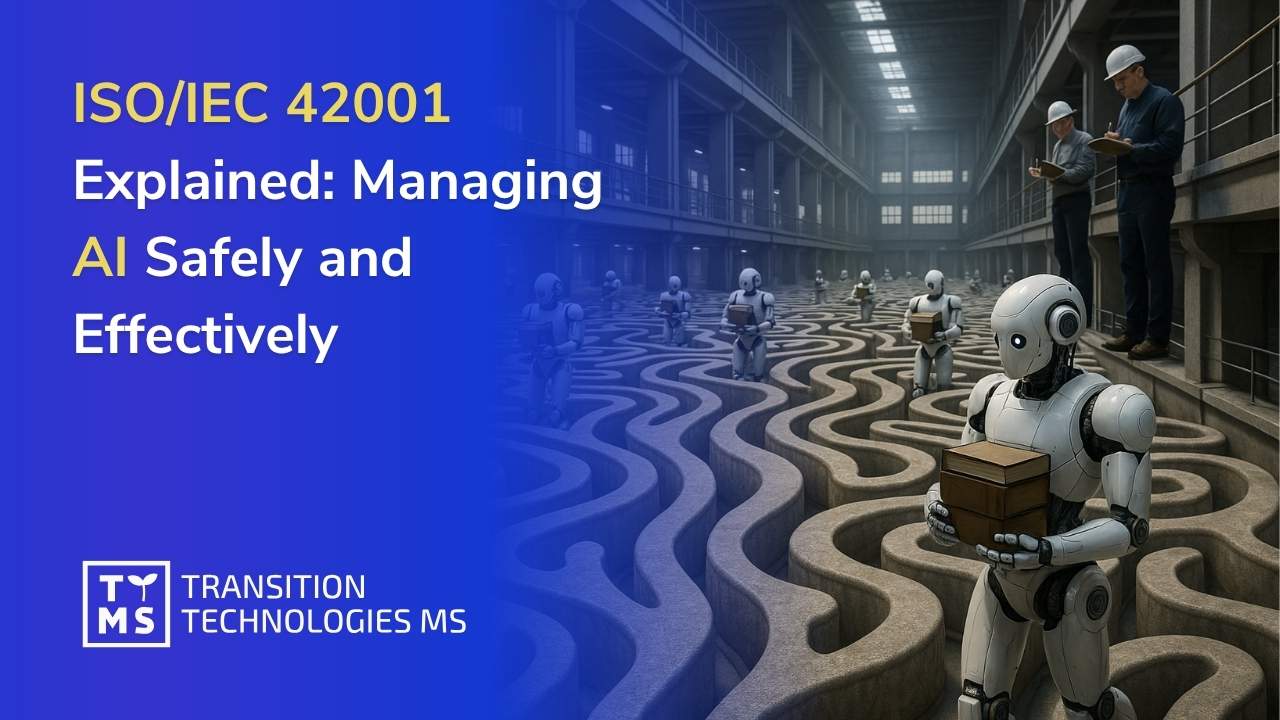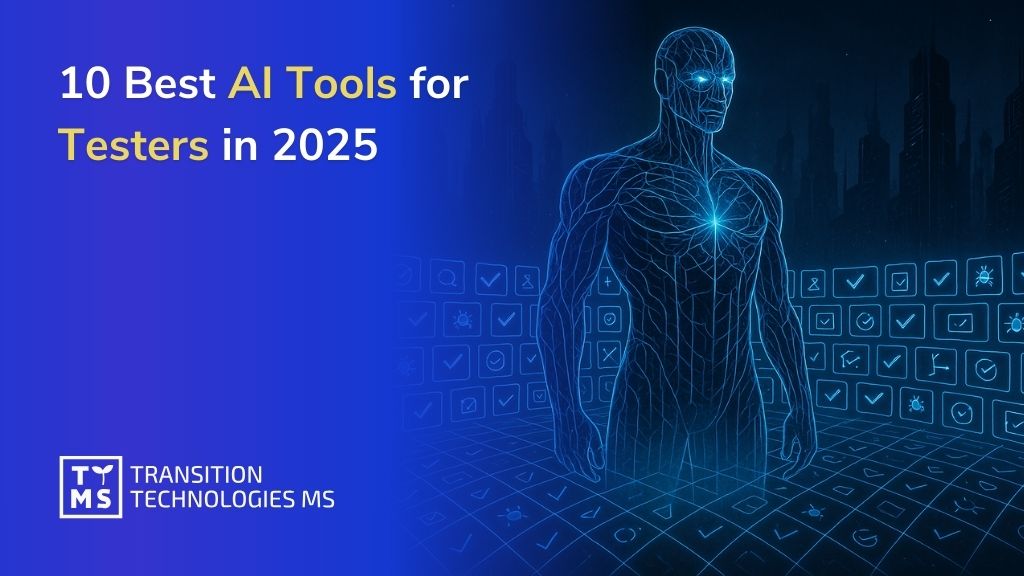Get ready to revolutionize the way you do business. This is your in-depth guide on everything you need to know about implementing Microsoft’s powerful suite of apps known as ‘Power Apps’. Wondering why you should jump onto the Power Apps bandwagon? Equipped with a plethora of advantages, it empowers businesses of all sizes to create custom solutions swiftly and efficiently.

1. Why Your Business Needs Power Apps: Key Advantages
Think about this: more than 25 million users (source) harness the power of Microsoft’s Power Apps every month. A staggering number, isn’t it?
But what gives Power Apps such wide appeal? The reasons are numerous.
Firstly, developing an app from scratch requires not only technical expertise but also vast resources – both time and money. With Power Apps, these challenges minutely shrink down. Its rich set of features allows even people with minimal coding experience to build powerful applications that cater to their unique business needs.
Another distinguishing factor is its capability for seamless integration. It meshes well with other tools in the Microsoft suite like SharePoint and Teams, resulting in harmonized workflows that directly enhance productivity.
Then there’s its exceptional mobility feature; since apps developed through this platform are compatible across devices – smartphones, tablets or computers – irrespective of whether they run on Android or iOS. Hence allowing employees access anytime from anywhere.
What truly sets it apart though is its potential for scalability. It allows businesses to start small but scale rapidly depending on growth or demand changes – vital in today’s volatile digital ecosystem.
To put it simply: is your business seeking streamlined operations while maintaining flexibility without amassing development hours? Well then, isn’t it pretty clear? You need Power Apps!
2. A Comprehensive Guide to the Power Apps Implementation Process
On one’s journey toward digital transformation, effective Power Apps implementation can act as a pivotal tool. However, transitioning from an established routine to novel technology can seem intimidating. Therefore, understanding the implementation process becomes crucial.
The Power Apps Implementation process begins with defining your objective or business problem that needs solving and aligning it with the right app that fits your requirements. It then proceeds through critical phases of planning, designing, building/testing, and deployment.
- Defining Objectives: Begin by identifying the specific business issues that need addressing. Whether it’s streamlining processes, improving data collection or simply optimizing workflows – clarify precisely what you hope to achieve through power apps.
- Planning & Design: After zeroing in on your objectives, plan out in detail how your app will functionally operate. Pai attention to everything from user interface design to back-end management.
- Building & Testing: Once you’ve designed a comprehensive blueprint for your application, you dive into the actual construction utilizing Power Apps tools and resources to build a functional product according to your set-out plan.
- Deployment & Adoption: After validating its efficacy with multiple rounds of testing until negligible issues remain, make sure people throughout your organization adopt this new technological solution.
Each phase plays a vital role in ensuring seamless power apps integration within existing structures along with scalability for future innovations.
Even though embarking on this venture independently is feasible due largely to Microsoft’s easy-to-navigate setup; many businesses choose expert guidance like Transition Technologies MS (TTMS). This approach ensures an efficient rollout without draining precious resources like time and manpower on unanticipated hurdles experienced during self-implementation attempts.
Similar to climbing Everest alone or opting for an experienced guide who effortlessly helps navigate difficult terrain – TTMS provides informed instruction assisting clients through their implementation adventure while avoiding potential pitfalls along the way. Look at hiring professional assistance as an investment rather than a cost, as it can yield substantial long-term operational savings and increased productivity. The adage “Well begun is half done” fits perfectly in this scenario.
3. Essential Steps in the Power Apps Implementation Process
Implementing Microsoft Power Apps into your business model is not a task to be overlooked or trivialized. The endeavor, though challenging, can potentially rejuvenate your business ecosystem and pave the way for more streamlined operations. However, diving headfirst without a structured strategy will serve little purpose and may even lead to unforeseen issues down the line.
These are some of the paramount steps you need to take during the power apps implementation process:
- App Assessment: Firstly, identify crucial aspects that require improvement within your current infrastructure. This involves conducting an exhaustive assessment of existing business applications. Determine which areas would gain significant enhancements with the introduction of power apps.
- Mapping Business Objectives: Once you have identified possible improvements or new directions via app modernization or creation, next tie these findings in with your overall enterprise goals and values.
- Design & Testing: Design targeted power apps with precise attention to these objectives using Microsoft’s easy-to-navigate interface. Don’t forget to ensure thorough QA (Quality Assurance) testing. It’s about constructing simplistic yet efficient solutions that cater instinctively to end-user requirements.
- Deployment & Training: When you’re confident about your robustly tested new application, it’s time for deployment across the organization. Follow this up immediately with staff training sessions so users understand how best to leverage tool functionalities for optimal results.
- Continuous Monitoring & Iterations: The journey does not end at deployment! Keep a close eye on real-time performance metrics and regularly collect user feedback.
- Respond proactively by implementing necessary iterations to enhance subsequent user experiences continuously.
In essence, each stage interweaves seamlessly into the next — forming a cogent and effectual strategy for comprehensive Power Apps implementation.
Tread carefully and methodically upon each step; successful digitization relies immensely on meticulous execution as much as prudent planning! By diligently following these steps, you march solidly towards a more digitized and efficient business model.
To sum it up: Power Apps’ implementation is a consecutive process, hinging on specific key steps that mustn’t be skipped in haste. Careful consideration of each step along this implementation journey will help secure success and enable your business to harvest the multiple benefits offered by Microsoft’s Power Apps.

4. Expert Tips for Successful Microsoft Power Apps Implementation
Navigating through the implementation of power apps can be a challenging task, especially if you’re a beginner. That’s why I’ve put together some insider tips to guide you towards successful execution of your project.
Before we dive into these expert insights, let’s quantify our aim here: we want not just to implement power apps but achieve a prosperous result – one that enhances your business operations effectively and efficiently.
4.1 Understand Your Business Requirements
Start by clearly defining what you wish to achieve with power apps. Identifying specific tasks or processes in your business that could benefit from automation is crucial. Doing so provides clarity on the range of features and functionalities needed, making it far easier later on to configure your app accordingly.
4.2 Choose the Right Tools
By nature, every business is unique and so are its needs when it comes to digital tools. Microsoft Power Apps offers different types – Canvas apps, Model-driven apps and Portal apps – each with distinct capabilities tailored for varied use cases. Make sure to choose the right tool based on how intricately it aligns with your business needs.
4.3 Invest in Training
The saying “knowledge is power” couldn’t ring truer, particularly during Power Apps implementation. Investing time upfront in training sessions pays dividends down the road by empowering teams to leverage all features optimally while also mitigating delays or setbacks caused by misunderstandings or mistakes due to lack of knowledge.
4.4 Do Regular Testing
Successful implementations aren’t a ‘one-shot deal’. It isn’t enough only to design and deploy an app; regular testing ensures everything works as should expecting no unexpected surprises once deployed fully.
4.5 Secure Your Data
With most business functions residing online today, adequate data security measures simply cannot be compromised upon during any tech-based implementation process including Power Apps usage.
So there you have it! Follow these simple yet effective pieces of advice and your power apps implementation should be a smooth sail. Remember, the goal isn’t merely to implement an app but to improve business operations drastically with the aid of today’s advanced technology!
5. Summarize
Developing an understanding of Power Apps and its implementation is no small feat, but once achieved, the rewards for your business can be significant. Throughout this comprehensive guide, I’ve endeavored to demystify the subject by offering simple breakdowns of complex topics and walking you through each phase of successful Microsoft Power Apps Implementation.
To recap, we started by defining why your enterprise needs Power Apps. We noted that it’s not merely about being tech-savvy or modern—Power Apps offers tangible advantages that range from streamlined workflows to cost savings. Its versatility enables businesses to create custom applications without needing extensive coding knowledge – a key competitive advantage in today’s digital landscape.
Next came our extensive overview of the Power Apps implementation process itself. Step by step, we delved into the nuances of designing efficient apps tailored for your organizational needs, testing them thoroughly to ensure reliability and usability before launching them successfully throughout your company.
Fundamental aspects of implementing Power Apps have also been highlighted here including careful planning, understanding user requirements, choosing a suitable development methodology based on application complexity, systematic testing & deployment along with continuous learning & adaptation post-deployment to assure seamless functionality over time.
The suave subtleties required for a fruitful rollout found their way into our expert tips section where we dipped into the wealth of my experience within industry practices related to PowerApps deployment ensuring robust data security and maintaining regulatory compliance was also touched upon during these insightful discussions.
Lastly, elaborating how professional services like TTMS can help elevate your journey towards implementing POWER APPS made you understand what level of expertise you could get externally should you feel overwhelmed with internal efforts. The expertise they possess allows them to recognize potential issues quickly before those balloon into bigger problems while ensuring an efficient transition towards innovative workflows within acceptable timelines.
In our digitized world saturated with cutting-edge technologies, possessing tools like Microsoft’s PowerApps that give you competitive leverage are worth investing our time and effort to understand and implement. This guide aimed at doing just that, providing comprehensive guidelines that lend clarity while embarking on your journey toward Power Apps implementation.

6. How TTMS can help your business to implement Power Apps?
TTMS, defining excellence in IT solutions globally, has the proven expertise and experience to provide practical guidance on power apps implementation. These are not just mere statements; they hold weight because of TTMS’s track record of delivering innovative IT solutions for diverse businesses.
6.1Customized Solutions
Firstly, every business is unique in its own way. With this understanding, TTMS doesn’t believe in a one-size-fits-all approach. Instead, it customizes power apps implementation procedures according to your specific needs and existing processes.
6.2 Streamlined Approach
Secondly, implementing power apps can be complicated without systematic planning and organization. But you don’t need to worry about it, because TTMS follows a streamlined process-oriented approach. This method ensures that no elements are overlooked during the implementation phase while maintaining maximum efficiency.
6.3 Professional Expertise
Let’s face facts: significantly enhancing operational efficiency with Power Apps often requires professional insight – especially when navigating complex situations or troubleshooting inevitable hiccups along the journey. That’s precisely where TTMS comes into the equation by providing you:
- Training Sessions on how to use Power Apps effectively.
- A designated Support Team ready for responsive assistance.
- Periodic Reviews for better results over time.
All these are to ensure smooth sailing as all your employees get familiar with handling Power Apps competently.
6.4 Continued Support
Furthermore, rest assured that TTMS won’t leave you high and dry after initial power app implementation – far from it! Long-term support forms an integral part of their service package which includes dedicated technical support for any arising issues post-implementation.
Indeed, working with an experienced provider like TTMS to implement Microsoft Power Apps does not only make your business more efficient but makes the entire process smoother than what you might have anticipated otherwise.
In essence, partnership with TTMS embarks your business on a fruitful journey towards implementing Power Apps seamlessly and successfully. It is like setting sails towards a horizon of increased efficiency, reduced operational costs, enhanced business processes, and overall growth!
Learn more about our Power Apps Solutions from TTMS and Contact us if You have any question!






